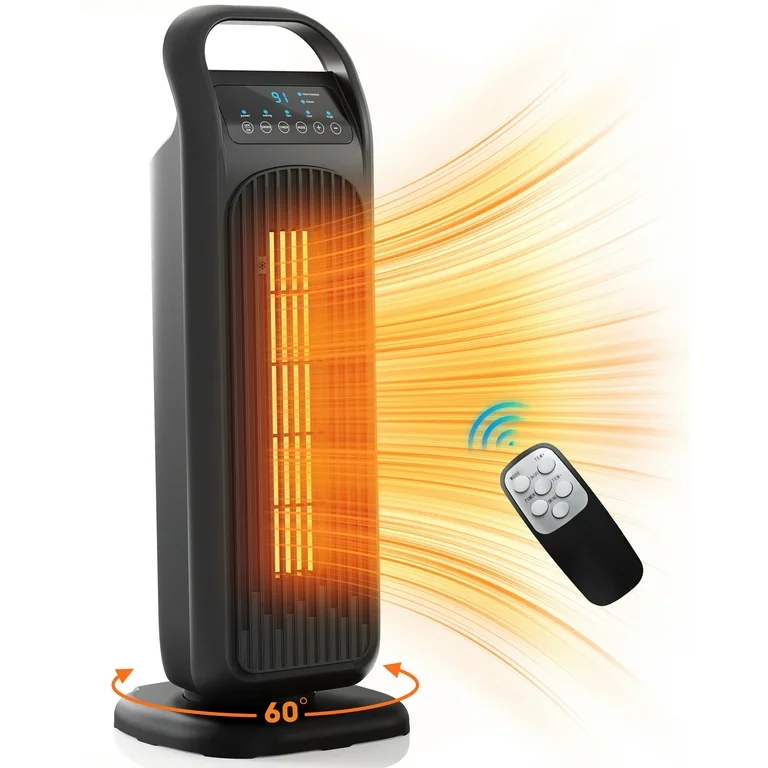1 Source Portable Air for Beginners
1 Source Portable Air for Beginners
Blog Article
1 Source Portable Air for Beginners
Table of ContentsSome Ideas on 1 Source Portable Air You Should KnowThe Only Guide for 1 Source Portable AirAn Unbiased View of 1 Source Portable AirThe 1 Source Portable Air DiariesOur 1 Source Portable Air Ideas
Running costs are based on an electrical energy rate of 40c/kWh. The prices for 3 months' use in winter season are based on 500 hours make use of, or about 6 hours each day for three months. Optimum heat result is based on the optimum wattage of the models we have actually examined (we focus on greater power level heating units).
This depends on what price you're checking out upfront purchase, or running price? Customarily, there are trade-offs with either choice. Generally, small follower heaters are cheaper to buy, yet can have greater running prices. Oil column heating units will be the least expensive on the marketplace to run (usually) yet just by a narrow margin ahead of convection heating systems (like panel and micathermic panels).
What Does 1 Source Portable Air Do?
If you have a reversible ceiling fan, it'll assist spread the heat around the space a lot more uniformly. A number of pricey heating units have failed to excite our testers, while some less costly designs make for remarkably great buys.
As the name suggests, they emit heat from a red-hot home heating aspect (so the household will have to take turns resting in front of it). Radiant heaters are reasonably cost-effective.
Radiant heating units typically cost in between $20 and $200. Oil-filled column heaters do not in fact melt oil they make use of electricity to heat the oil that's secured inside their columns or 'fins'.
Getting My 1 Source Portable Air To Work
Some column heaters aren't even oil-filled however instead utilize various other product or heating technology to work the same way - 1 Source Portable Air. The risk of fire with an oil column heater is low compared to other heater types, but never zero. Oil heating units do not have revealed aspects like radiant heating systems do, and their surface area temperature is lower than several other heating unit types (their large area makes up for it)
Oil column heaters won't explode, and while they do not burn their oil to generate warm, it's still combustible, so there is a fire threat if the oil leaks, if the heating system topple and leaks, or if flammable objects or fabric enter call or drop on the heating unit. You must exercise the same level of caution with oil heating units as for other heating unit kinds, and never ever hang towels or clothes over one to dry them make use of a drying out rack rather, at the very least one metre away.
Column heating units are specifically beneficial in areas where they'll be activated for long helpful resources periods of time or where they'll operate neglected, such as over night in a bed room. The surfaces you're most likely to touch on a column heater don't obtain as warm as various other kinds of electrical heaters. You can utilize a ceiling follower on extremely reduced rate to assist the column heater to distribute the warm much faster and more evenly.
If there's very little air activity (as an example, if you're sitting analysis or enjoying TV), the warm might not be dispersed evenly. Oil-filled column heating systems generally set you back between $50 and $450. Convection and panel heating systems attract next page cold air over an electrical home heating component. The warmed air then leaves the heating system and climbs in the direction of the ceiling, while cooler air relocate to change it.
The Facts About 1 Source Portable Air Revealed

Convection and panel heaters are more portable than their oil-filled column heater counterparts since they're considerably lighter. Like a column heater, you can use a ceiling follower on extremely low speed to distribute the heat quicker and a lot more equally.

Some Known Details About 1 Source Portable Air
Fan heating systems are typically smaller sized and more mobile than various other electric heating units. They also can be found in the kind of tower fan heating units, which can be better for dispersing warm around bigger spaces due to their taller account. They can heat up the air in a space a lot more swiftly, uniformly and quickly than some various other heating unit kinds.
They can be fairly loud with the follower on full power, however are normally reasonably silent at reduced follower rates. Fan heating systems (ceramic or otherwise) typically cost in between $60 and $900. Ceramic follower heating systems aren't necessarily any different in cost to non-ceramic models. A reasonably current entrant right into the consumer market, infrared heating systems heat the space like the sun heats your face (without the UV rays so no danger of skin you can try here cancer cells). 1 Source Portable Air.
Report this page